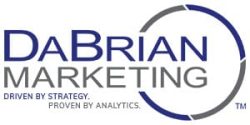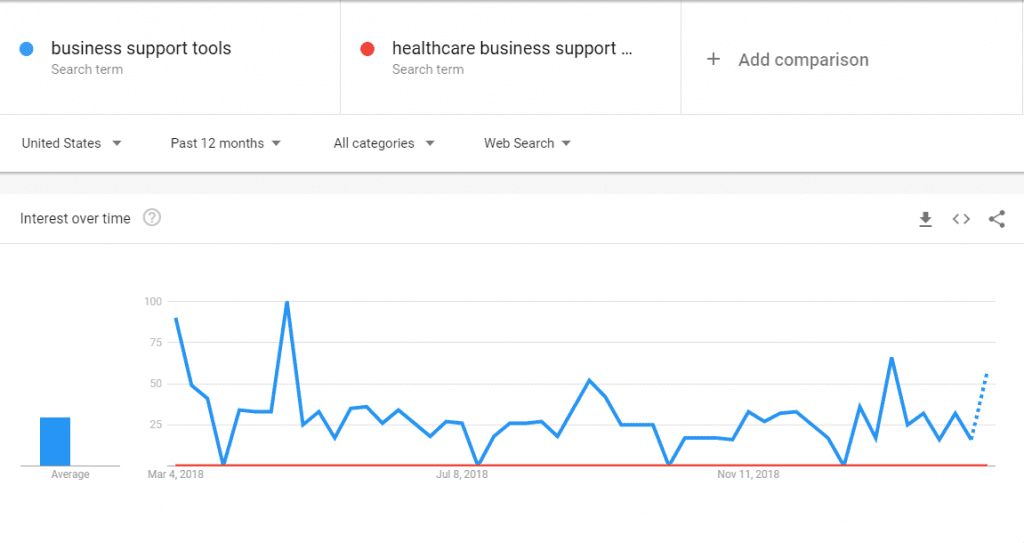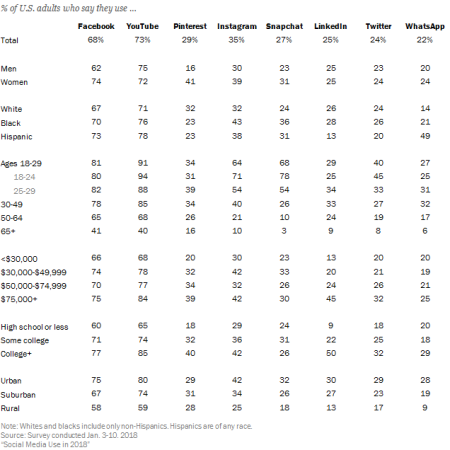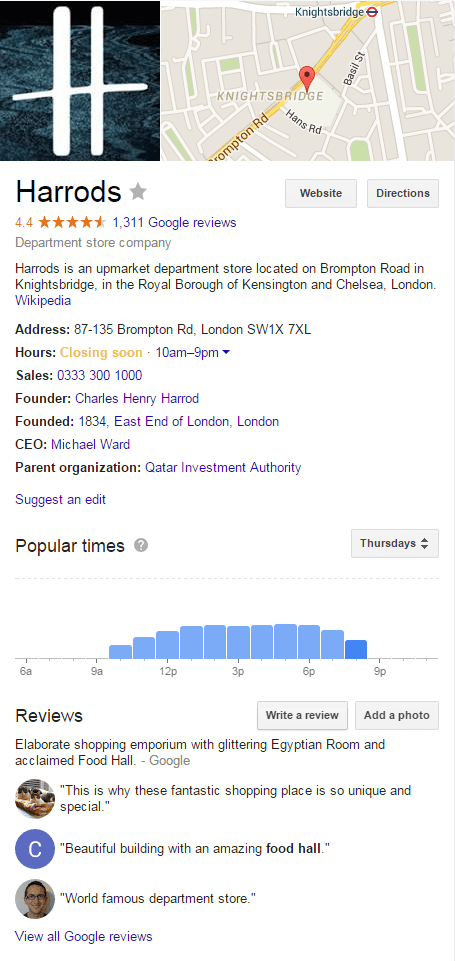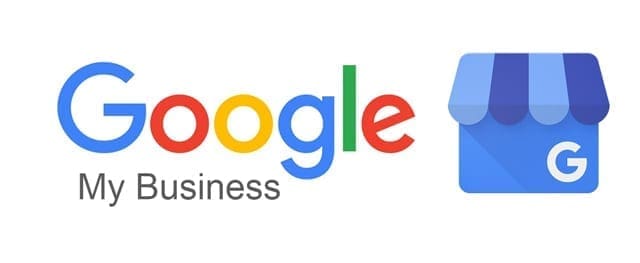We publish videos every 4-6 weeks about the latest Digital Marketing news, analytics information, and industry-related topics.
Good afternoon. This is Danny Laws of DaBrian Marketing Group. We tried to go live earlier this morning. For whatever reason, ran into some technical difficulties, so we kind of want to try this, kind of take two, on Wednesday Wisdom. So for today, for those of you that didn’t catch it earlier today, kind of a follow-up on the last conversation in terms of business plans. So, today what I want to speak to and kind of give some information and some resources on, very much so, marketing plans, which in theory and in practice roll up into … excuse me. The business plan.
So, with that being said we’re going to talk a little bit about marketing plans. I have my notes over to the side here, so if you see me glance over, that’s what I’m looking at. So, with the marketing plan, the whole goal of this is to kind of outline … it’s a document that outlines what marketing channels you’re going to use, your approach to marketing, those types of things. In general, it gives you goals, objectives, your target audience, what is it going to cost you, and what type of marketing you’re going to use in order to acquire new business.
So, one of the classic examples when we talk about what types of channels or tactics or those types of things, we’re talking about social media, we’re talking about direct mail, we’re talking about perhaps a video, those types of things that would help you get in front of that target audience. And as I said to you before, it’s usually something that consists of a time, very specific time period. Some marketing plans are one year, some marketing plans are three years, that roll up into the business plan as I mentioned before.
One of the other things that you want to take into consideration is the marketing plan is not something that is static, that you create and it doesn’t evolve over time. Your marketing plan should evolve over time based upon your products, your services, your geographic footprint, your audience, your competitive landscape, those types of things periodically will have you adjust your marketing plan to the appropriate folks and to see improvement in results. So that’s definitely something you’re going to take into consideration.
So the purpose is really to align and give direction to your business goals and objectives, which many of those pieces are going to be inside of or are in the document that is often referred to as the business plan. So, again, forcing that alignment and making sure you’re staying focused on the high-level business goals and objectives, generally around revenue growth, promoting a product, launching a product, those types of things are going to be a part of that and actually flow into the marketing plan as well.
So, the benefits. Clear direction in terms of what kind of customers you’re going after, that new customer acquisition, and direction and guidance in terms of messaging to your target audience. So when you look at your marketing plan at a high level, who, what, when, where, how, why, what products, what service offering, those things, once you identify those elements, you can customize your message to speak to the appropriate folks.
So the same marketing tactics that you use to get in front of a teenager at this point in time are going to be uniquely different than someone who is in the business landscape, who is a business owner entrepreneur, and the way in which you would talk to them are going to be completely different dependent upon the product offering.
So that’s a classic example of how knowing the who, what, when, where, how, why and marketing tactics will allow you to tailor that message to the respective audience. So something you definitely want to take into consideration as you’re going through the process of creating a marketing plan.
So, give you a couple of things on how to create a marketing plan is often one of those questions, and so, with that, I’ll walk through a couple of questions that I have here on my side in terms of things that you want to take into consideration. What are the goals and objectives for 12 months, 24 months, 36 months, what does that look like, right? That’s something you’re going to want to answer.
What types of marketing are going to resonate or connect with your target audience. So, is that social, is that direct mail, is that video, and what are the goals of the marketing pieces? Like, what are you trying to accomplish? Is it simply an awareness piece, is it something around generating leads, is the intent at sales and promotion? Those types of things. What’s that look like? And what kind of challenges are you having getting or acquiring new customers and getting them to purchase or getting them to become involved in a promotional component or something along those lines, right?
And lastly, how are you going to measure it? And measuring that against the cost of what you’re talking about from a marketing perspective. So, what kind of returns are you looking to get and how are you quantifying success? Is that going to be new customers, or is that going to be something that you’re going to speak to in terms of revenue, you just want to have growth and x amount of revenue is what you want to achieve with the marketing plan over the next 12 months, right?
So, these are some of the things that are going to be important to crafting a marketing plan, right?
And then let’s talk about a few resources. So, what I have here is, again, full disclaimer, we don’t have any relationship with any of these folks that I’m about to name. We’re not getting any kickbacks or anything along those lines, but I’ll name them and feel free to use them, and give us some feedback on what you think on them as well. One of which is HubSpot, who has a marketing plan template generator that I’ve looked at in the past and seems to be fairly useful for someone that the marketing plans are not necessarily their area of expertise and walks you through that process, makes it a little bit simpler for you. So, I would definitely take a look at that tool and how it might be able to help you.
The third one is Mplans. So, Mplans is a paid service if I’m not mistaken and it has the same parent company as Live Plans that I mentioned the last time when we were talking about creating business plans. So, that’s something that I personally used in the past when I first started DaBrian Marketing Group and looked at, so I would encourage you to perhaps take a look at that one and whether or not it’s worth the cost, only you would be able to justify that and make that determination, but definitely something I would recommend you take a look at.
The other one is Smart Sheets, which gives you an Excel breakdown and an Excel template for marketing plans, so you can use that piece as well to pull some of those items together to frame your thoughts so that it makes it a little bit easier for you. And take a look at some of those items that it’ll give you an opportunity to kind of clean some of that up.
The last piece here that I’ll get into in terms of actions, you know, actionable tips for marketing plans. Number one, create one, and if you’ve already created one I would allocate some time to review and revisit that marketing plan. Number two is measure success and failure, and on top of that, learn from those successes and failures as far as what works, what doesn’t work, what gets people coming in, what gets people calling, what gets people filling out forms. Those types of things are definitely elements where you’re going to want to take a look at the marketing plan and look at what is working for you, what is successful, what is not successful, and being able to pull those pieces together.
So, that’s one other actionable takeaway that I would have for marketing plans in terms of a recommendation.
The last piece is, in terms of actionable recommendations, actionable tip, is to revisit that marketing plan on a quarterly basis so that you’re able to see what’s happening, make adjustments based upon those successes and failures, and the learnings from those success and failures to be able to sell more products, get in front of the appropriate folks, build up the business, however you see fit in terms of aligning back to the marketing plan and the business goals and objectives.
So, with that being said, wrapping it up, I would say if you’ll give us some feedback in terms of these Wednesday Wisdoms if you will in terms of what your thoughts are and how we might be able to improve upon the videos, it’s definitely new we’re taking a look at. Follow our Facebook page, you’ll get free tips and information there. Subscribe to our blogs, there’s always a whole bunch of information there as well as downloadables, and continue to check us out on social media across Twitter, Facebook, Linkedin, and we’ll be loading some of this stuff up to YouTube as well.
Appreciate your time. Good luck, and don’t hesitate to give us feedback. Have a great day.
